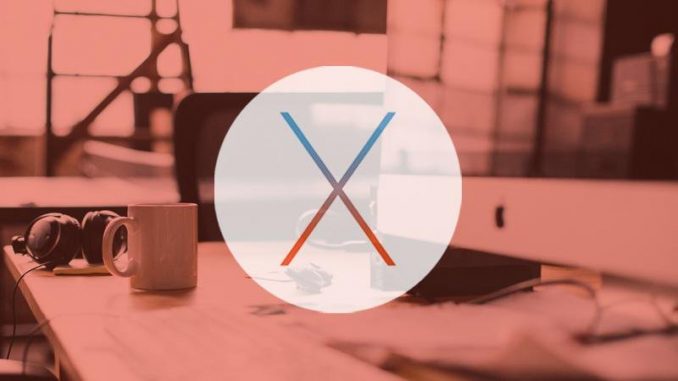
Contents
Since its inception Apple’s made life easier for MacOS users by packing in many secret tricks. We bet you don’t know every one in our rundown of classic power-user tricks

Consider yourself a Mac power-user? Or do you aspire to take your place amongst such privileged ranks? Here’s a selection of classic yet simple tricks taken fromMac Kung Fu: Second Edition to help you on your way.
Mac Kung Fu: Second Edition is a book previously sold for $25+ but now reduced to the bargain price of £1.49/$1.99 (buy it here). That’s 400+ tips, 120,000+ words, and over 700 eBook pages for less than a cappuccino – and it’s written by regular Macworld contributor and Apple expert Keir Thomas, to boot. What more could you want?
Just for you we have a collection of tips from the book! Read on…
You might find our Best Mac tips, tricks and timesavers interesting too.
Instantly Add Movies and Music to iTunes
 If you use third-party software to download or rip music and movies to your computer, you’ll be familiar with the rather lengthy process needed to add them to your iTunes library – you have to start iTunes, then ensure the correct music or movie list is visible, and finally drag and drop the files onto the program window….
If you use third-party software to download or rip music and movies to your computer, you’ll be familiar with the rather lengthy process needed to add them to your iTunes library – you have to start iTunes, then ensure the correct music or movie list is visible, and finally drag and drop the files onto the program window….
However, there’s a hidden folder you can use to import music and movies straight into iTunes. All you need to do is configure any app you use to download files straight into this folder, and they will be instantly imported – even if iTunes isn’t running at the time.
To find the folder, open Finder, hit Shift+Command+G, and then type ~/Music/iTunes/iTunes Media/. One of the folders you should see will be Automatically Add to iTunes. As its name suggests, any files copied into this folder will be added to iTunes automatically. Assuming you have kept the default preferences setting of iTunes organizing your media folders, any files placed there will be moved out of the folder and automatically filed within the Music folder whenever iTunes is running, so it should appear empty most of the time.
You can create a desktop alias of the folder by clicking and dragging it to the desktop, before pressing Alt (Option)+Command and releasing the mouse button. You can then simply drag and drop files onto the alias instead.
[Source”timesofindia”]
